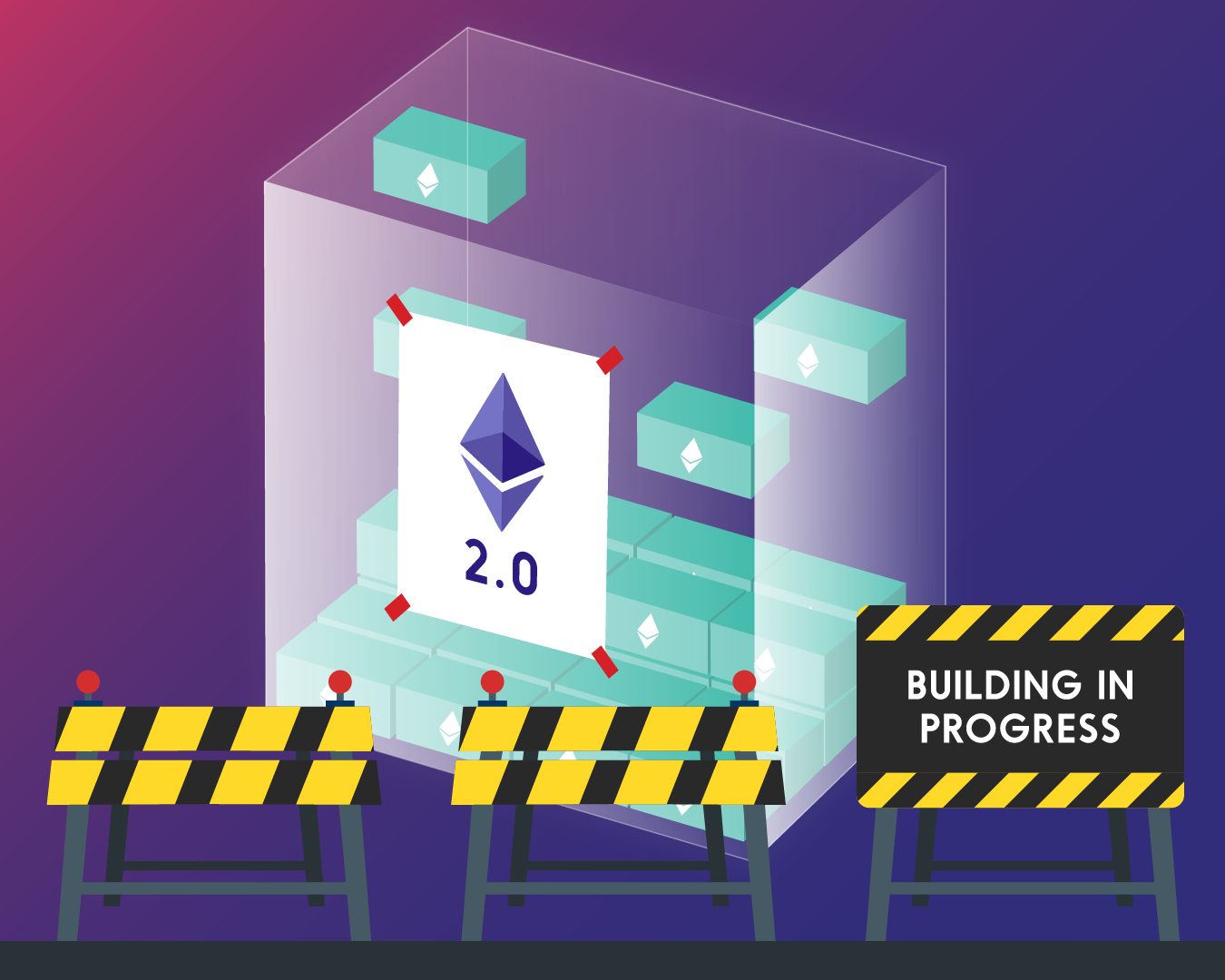Ethereum has seen its own rally alongside Bitcoin. The launch of the deposit contract on 5 November formally kickstarts the transition process for ETH 2.0, a specification of Ethereum that will allow Proof-of-stake consensus as an alternative to Proof-of-work. Users need to deposit a minimum of 32 ETH to participate in staking, with the ETH 2.0 beacon chain genesis planned for 1 December if at least 16,384 deposits of 32 ETH are received in the deposit contract – or 524,288 ETH, estimated to be valued at around $200 million. With 39,000 ETH already locked in Ethereum’s ETH 2.0 upgrade, things are progressing nicely. Originally, the launch was planned for January, coinciding with Bitcoin’s launch anniversary.
Staking Profits Capture The Attention Of Investors
Staking allows investors to earn returns in exchange for validating a blockchain network. While Proof-of-Work mining requires computational power in the form of processing units such as CPU or GPU chips, Proof-of-stake’s Ethereum implementation only requires a “miner” to put up ETH as collateral to validate the network, receiving returns from the network in the form of network transaction fees accrued as well as ETH unlocked in newly validated blocks.
The expected returns from staking ETH hover in the 2% to 20% range depending on the number of validators in the network. The more validators there are, the less each validator receives, a mechanism intended to encourage and incentivize staking participation as a large number of validators means increased security and performance of the entire blockchain.
With the release of the deposit contracts, the number of ETH held on exchanges has hit a one-year low of 15.8 million. This phenomenon is likely due to a combination of factors attributed to users moving their coins off exchanges in preparation for staking as well as speculators wishing to move their coins into long-term cold storage in light of ETH 2.0’s positive outlook.
In addition, the number of Ethereum addresses holding at least 0.1, 10 or 100 Ether has hit record highs of 3,616,246 addresses, 293,183 addresses and 52,943 addresses, while Ethereum addresses that have over 32 Ether hit a count of 126,852 – 13% of all addresses would need to participate in order to launch staking.
Vitalik’s personal contribution of $1.4M of Ether
The most symbolic contribution is probably that of Vitalik Buterin, the founder behind the Ethereum network. His public “VB2” address sent 100 batches of 32 ETH to the deposit contract, totalling around $1.4 million at press time and a little over 8% of the entire current sum locked inside the contract.
Vitalik expects that the deposit contract will continue to attract people as they familiarize themselves with the staking process. The process is a highly technical and complex operation, a significantly harder process than simply sending ETH using wallets – with caution being placed by the Ethereum Foundation on how users should practice for the launch on existing testnets. To support the transition, they released a dedicated launchpad to guide users through the process.
Contributing To The Deposit Contract Is A One-way Lock With No Short Term Returns
Users who are contributing to the deposit contract can expect that their Ethereum will not be retrievable in the short run, and returns are not expected until after the genesis event. The process is irreversible, and the contributed Ethereum may be permanently lost if any mistakes are made during the staking process. For this reason, it’s advised that only experienced users participate in this early phase of the Ethereum 2.0 launch.
How Ethereum 2.0 Improves Upon Ethereum 1.0
Although Ethereum 2.0 is fully backwards compatible with the Ethereum 1.0 mainnet, the “upgrade” will eventually encourage users to utilize the much faster and much more powerful Ethereum 2.0 specification. With Ethereum 1.0, the network can only support around 30 transactions per second before delays and congestion happen; but Ethereum 2.0 uses a process called “Sharding” to implement multiple parallel blockchains in operation, which allows the network to process transactions at scale at a much more respectable TPS (estimated to be up to 100,000 transactions per second).
To maintain the decentralization and security goals of the blockchain, Ethereum’s Proof-of-Stake implementation is devised to have a minimum of 16,384 validators compared to other Proof-of-stake models, and will initially be supported by Proof-of-work alternating between blocks.
Proof-of-stake is also much more energy-efficient and less resource-intensive, making it a greener and more accessible alternative to Proof-of-work mining operations.
The drawback? Initially, Ethereum 2.0 will be unable to fully support smart contracts, which are estimated to be rolled out in Phase 2 – due to be launched in either 2021 or 2022.
39,000 ETH Already Locked In Ethereum’s ETH 2.0 Upgrade
As Ethereum closes in on the launch of Phase 0, you can learn more about ETH 2.0 and other cryptocurrency happenings with Oobit. Oobit is a financial service that makes buying and selling digital currency easy, simple and lets you use crypto with the same ease as traditional money. We connect and introduce what would be an endless maze of information surrounding blockchains, and build tools that enhance the crypto user experience.
_________________________________________________________
Oobit Technologies Pte, 50 Raffles Place #37-00 Singapore Land Tower, Singapore (048623). is a company registered in Singapore (no:201716443G), that has been approved as Appointed Representative of Oobit Technologies OÜ, Harju maakond, Tallinn, Lasnamäe linnaosa, Väike-Paala tn 2, 11415, (no: 14852617 ). Which is authorized and regulated by the FIU (no: FVR001421 and FRK001304).
